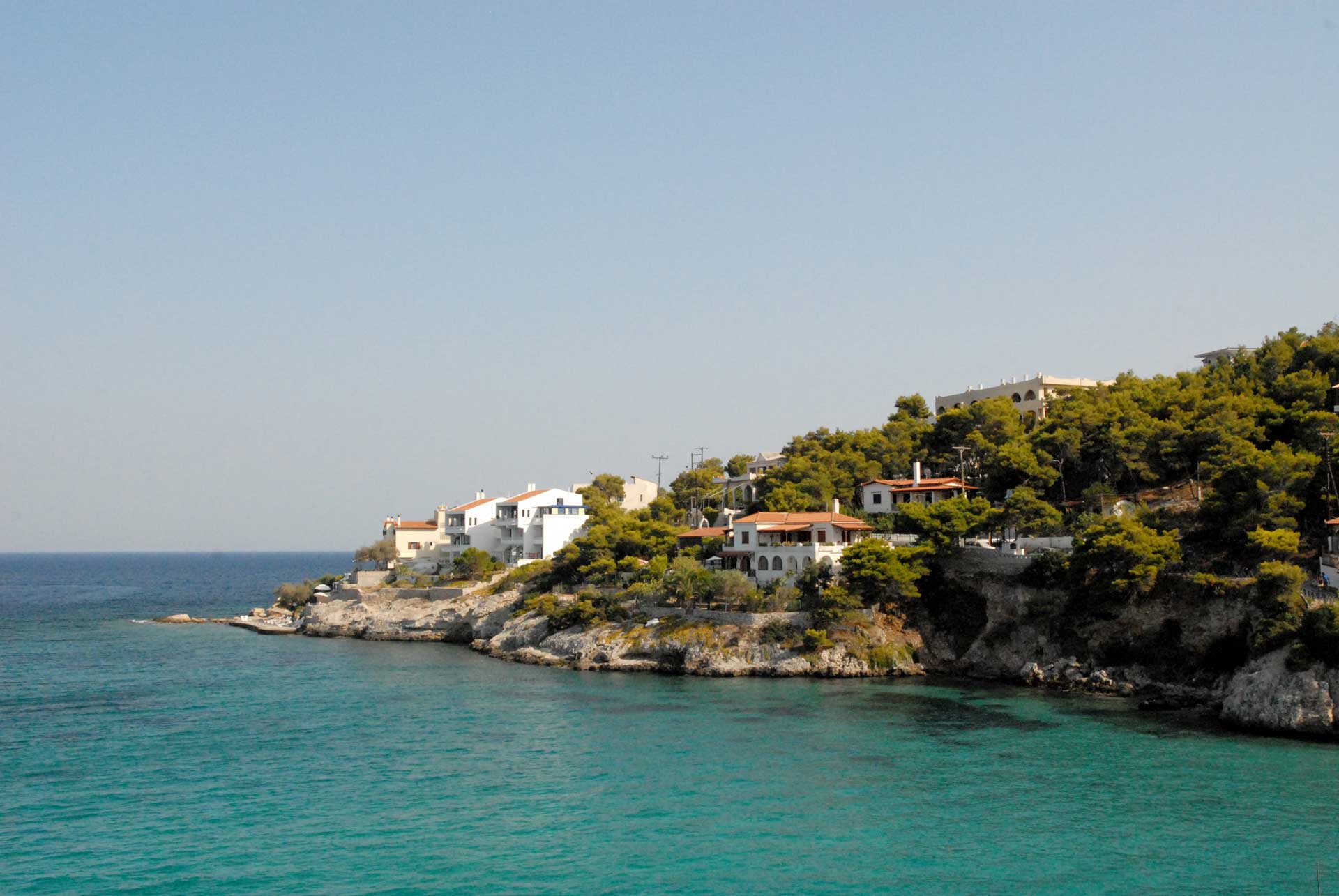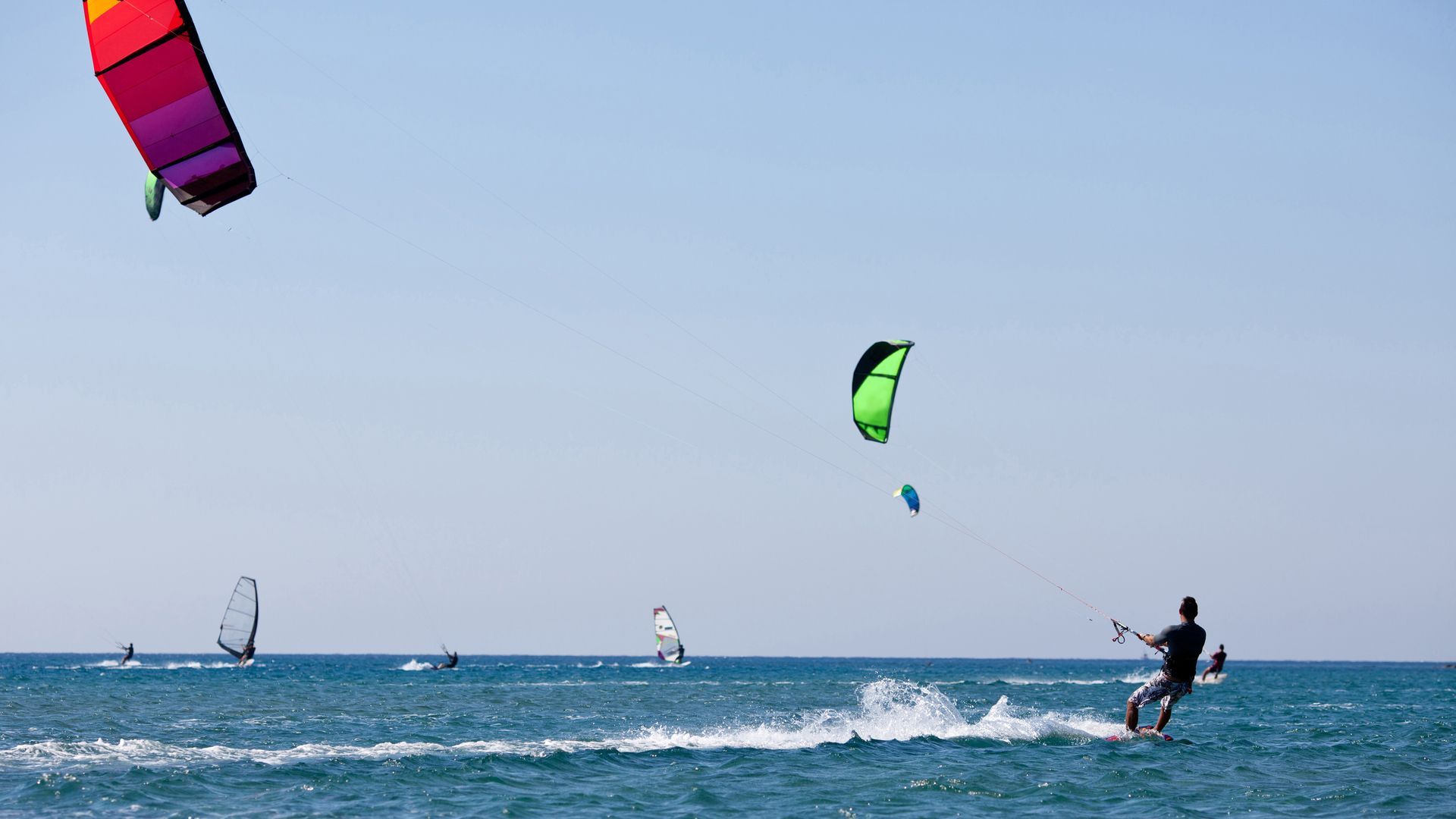Agistri Island
Agistri Island
Agistri together with Aegina and the surrounding islands formed the Kingdom of Aegina of the mythical King Aiacus and most of the island’s population were soldiers of the Myrmidons, the fleet of Aegina Island, which took part in the Trojan War. According to Homer and Plinius, Agistri had the name Kekrifalia, which means “decorated head” and appears as an ally of Aegina in the Trojan War. The name “Agistri” was attributed to the island, because of its natural beauty, which fascinated the travelers, many of whom where “hooked” and they stayed forever on the island. Besides Homer and Plinius, other historians who mention the island in their writings are Thucydides and Diodorus.
Aponisos, Megaritissa and Kontari are of greatest archaeological interest. All along the west coast of the island, there are sunken antiquities, just below the surface of the sea, while various archaeological findings are found in Megalochori. These finds show that the island was inhabited at least from the 5th B.C. century, from Peloponnesians who had come to the island.
Historians report that the island was inhabited from the Early Helladic period, up to the Hellenistic era. Later it passed to the Romans and the Byzantines. After the fall of Byzantium, along with the rest of Greece, it became part of the Ottoman Empire. In general, we don’t have many testimonies from historians about the history of the island. At times, in its recent history, Agistri received many settlers from the opposite coasts of the Peloponnese, mainly Arvanites, around the 14th century. A.D. At the end of the 17th century, most of the inhabitants left the island, due to frequent pirates’ raids, while some moved further south, creating the village of Limenaria.
During the pre-revolutionary period, in 1772, in the failed revolution of the Orlofs, in the area where the Church of Saint Georgios exists, a battle took place between the Greeks, led by Mitromaras, and the Turks, in which Mitromaras fell in battle. His bones, together with the bones of his 411 men, were placed in 1814, in a stone tomb, located opposite the Chapel of Agios Georgios and protected by the tax office of Byzantine antiquities.
At the beginning of the 19th century, the island was again inhabited by a small population of people. Since 2011, the new Municipality of Agistri includes the settlements of Megalochori (the capital of the island), Skala, Metochi, Limenaria, as well as the nearby islets and rocky islets of Metopi, Dorousa, Kyra, Spalathronisi, Aponisos. Today, the population of the island is approximately 1,107 inhabitants (2021 census) and in the summer months it approaches 5,000 inhabitants.
Agistri is located just 55 minutes from Piraeus, a stone’s throw from Aegina and is ideal for summer holidays, drowned in greenery, with pine trees “”touching”” its blue-green waters. Romantic walks on the coastal road that connects Skala with Megalochori enjoying the enchanting sunset, cycling all day, rides on the island’s carriages, hiking on old retsina paths, among rare wildflowers, in an untouched natural environment, with amazing views from high up. Horse riding in Aponnisos, ideal seas for kayaking, water skiing, windsurfing and water games. Swimming in wonderful secluded coves, underwater fishing in the rich fishing grounds with rocky bottoms and exciting diving to get to know the rich and colorful underwater world of Agistri. By boat you can go around the island and admire bays, secluded coves with wonderful beaches and also discover the small islands that are around Agistri. In general, the island has organized tourist infrastructure such as hotels, rooms for rent, restaurants, taverns and generally all kinds of facilities that offer a comfortable and pleasant stay on the island. It has two natural ports where ships from Piraeus and Aegina arrive daily. The port of Skala and the port of Megalochori.
In terms of ecological value, Agistri island is a protected a CORINE Habitat (on an area of 1204.38 hectares with a total perimeter of 21.2 km and a maximum altitude of 275.0 m.) with notable plants the common pine (pinus halepensis) and Stachys plumosa etc. Amphibians / Reptiles Chalcides ocellatus ocellatus (Liaconi), as a small island wetland (the part of the old salt marshes with an area of 54 ha) and as a Wildlife Refuge in an area of 1.143 hectares that is, not only the island but also a perimeter marine zone.
A great natural element for the wider area is also the rocky islets and clusters of islands – around Agistri, such as:
The islet of Metopi has a length of one nautical mile, is located north-east of Agistri and is about 1 nautical mile from the port of Skala. On the southeast side of the island is a very beautiful small beach with white sand and shallow blue-green waters. On top of the islet there is the Church of Agioi Theodoroi, a few vineyards and a small lake with red waters.
The islet of Dorousa is located southwest of Agistri, just half a nautical mile opposite Aponisos and administratively belongs to the community of Agistri. At the top of the island there is the chapel of Prophet Ilias, built in the 18th century. Ancent walls have been preserved on the island and its shores are rocky, with deep water, ideal for snorkelers. Near the shores of the island there is the shipwreck of cargo ship “Avantis III“, which took place on November 19, 2004. There is marine life in the wreck, which is today a marine attraction.
The islet of Kyra is located northwest of Agistri. It is an uninhabited island with an area of 0.8 sq.km which geographically belongs to the department of Peloponnese and administratively to the Region of Attica. In ancient times it was called “Pityonissos“, because it was entirely covered by pine trees. It has a small beach on its southeast side and another one on its west side. On the islet there are a few goats and several rabbits.
The rock island of Spalathronisi or Salaftonisi or Salafto, which is on the west of the islet of Kyra and Agistri. The rock islet is uninhabited and together with the other islets that are around it forms a kind of bridge between Aegina and Cape Trachili of Epidauria and the coast of Corinth. Administratively it belongs to the Region of Attica and specifically to the Municipality of Agistri of the Regional Unity of the Islands of Attica.
The islet Aponisos is located after Dragonera, west of Limenaria. The unique combination of colors transports you to exotic places, offering you a unique relaxation and tranquility. The pine trees reach to the sea and end up on small flat rocks. Its small bay is used as an anchorage by many small and large boats. There is an organized beach with sunbeds, umbrellas and water sports.








